Consider the worst situation where, in a symphony performance, every musician plays their tune without referencing a score or a conductor. How bad that would be. In the same way, web content must be appropriately placed around the window of the proper approach, for it would be splintered on the web.
A web content strategy refers to the systematic outlining of the purpose, the content, the timing, and the means of presenting and manages content strategy of websites or other digital platforms. Such strategies are ever-critical considering today’s world, where businesses are cutthroat, trying to outdo each other by shoving the maxim “Content is King” down their audience’s throat.
In this piece, we will first define the components of a web content strategy, its advantages, and the ways of adopting it into your organization for effective communication, including the importance of defining content strategy informs content strategy.
Understanding Web Content Strategy Fundamentals
A web content strategy is your comprehensive plan for creating, publishing, and managing content that aligns with specific business objectives. Think of it as the blueprint that guides every piece of content you create.
At its core, an effective strategy defines your target audience, understands their needs and preferences, and ensures every piece of content serves a clear purpose. This strategic approach transforms random content creation into a focused system that drives engagement and business results.
Approaches for How to Create a Content Strategy
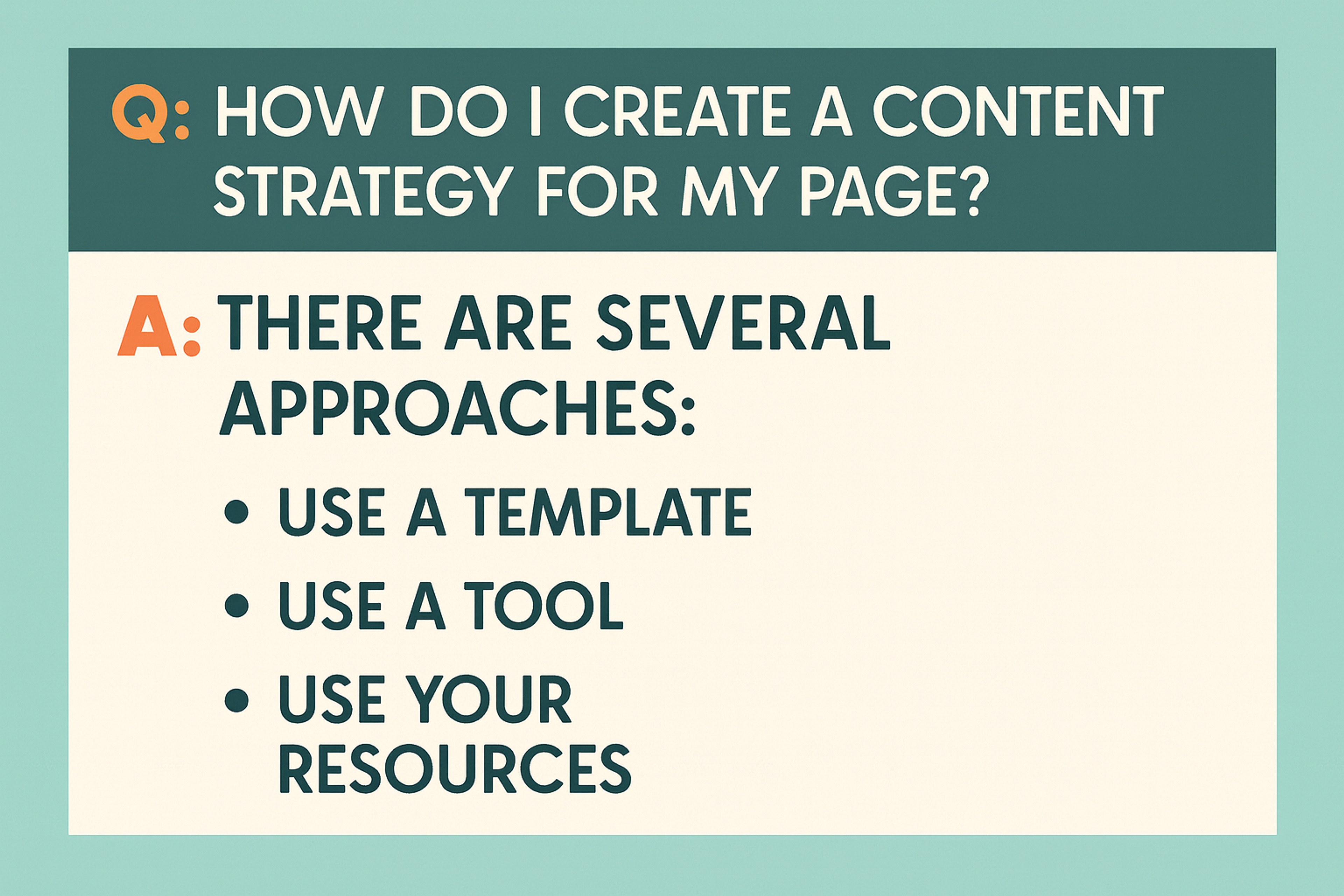
Core Components of Effective Strategy
Every successful web content strategy builds on five essential components that work together like instruments in an orchestra:
Strategic Foundation: Clear business objectives, defined target audiences, and measurable goals that guide all content decisions.
Content Framework: Quality standards, brand voice guidelines, and creation processes that ensure consistency across all platforms.
Distribution System: Multi-channel approaches that optimize content for each platform's unique audience and format requirements.
Performance Measurement: Analytics tracking, KPI monitoring, and regular strategy adjustments based on real data.
Resource Management: Team structures, budget allocation, and workflow processes that support sustainable content production.
Why Modern Businesses Need Strategic Content
Without a strategic approach, content becomes scattered, inconsistent, and disconnected from business goals. Modern audiences expect cohesive experiences that reflect your brand values and meet their specific needs.
A strategic framework supports content strategy, helps you efficiently use resources, streamline content production, and maximize return on investment. More importantly, it enables you to measure content effectiveness and adapt quickly to changing market conditions and consumer behaviors. This process also informs content strategy by identifying what works and what doesn’t.
Companies with documented content strategies are three times more likely to achieve their marketing goals than those without clear frameworks. A well-structured system manages content strategy across platforms and touchpoints, ensuring consistency and relevance.
Developing a Content Marketing Strategy
Developing a content marketing strategy involves a series of deliberate steps aimed at achieving specific marketing goals. The process begins with defining clear objectives, such as increasing brand awareness, generating leads, or driving conversions. Once the goals are set, the next step is to identify the target audience, understanding their demographics, interests, and pain points.
With a clear understanding of the audience, businesses can determine the type of content that will be most effective. This could include blog posts, eBooks, videos, infographics, or social media updates. The content creation process should focus on producing high-quality, relevant, and engaging materials that address the audience’s needs.
Content Marketing Strategy
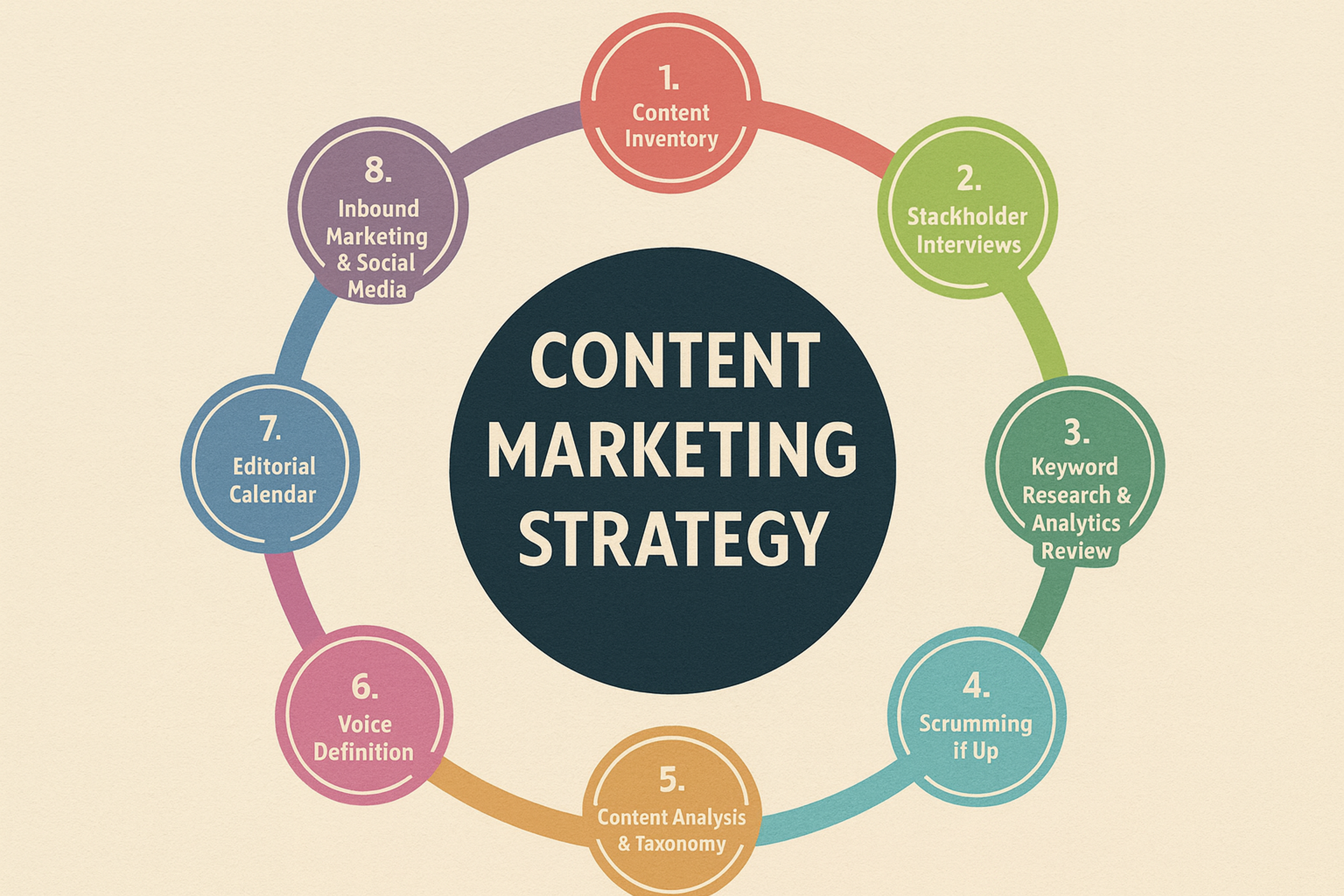
Promotion is a critical component of a content marketing strategy. Utilizing various channels such as social media, email marketing, and SEO ensures that the content reaches the intended audience. Finally, measuring the results through analytics tools informs content strategy by providing feedback on performance and supports content strategy through iterative refinement and optimization.
Content Planning and Creation
Content Guidelines
As with any other piece of content, creating cohesive and high-quality content across all digital spaces calls for a set of rules — these rules, in essence, are the brand guidelines. Such a set serves as a toolkit for the teams, allowing them to adhere to the brand and its overarching strategy in all content.
Content Types and Formats
The analysis of the audiences will suggest a range of content types and formats to stimulate their diverse needs. The various formats also include blog articles, eBooks, videos, and infographics. Hence, knowing the audience well asserts what formats best suit them for optimal content engagement.
Quality Standards
Content must be relevant, of good quality, and usable content, and thus, it is essential to set quality standards that the content will aim to achieve. Such standards may include but are not limited to, research, fact-checking, and editing principles that guarantee the materials’ precision, trustworthiness, and relevancy.
Brand Voice and Tone
Establishing a brand voice and tone is significant since this channel connects the audience with the organization's character and principles. The target market has to be the focal point, while the tone or voice reflects the brand, whether this brand emphasizes professionalism or should have a more conversational and casual feel.
Voice vs Tone
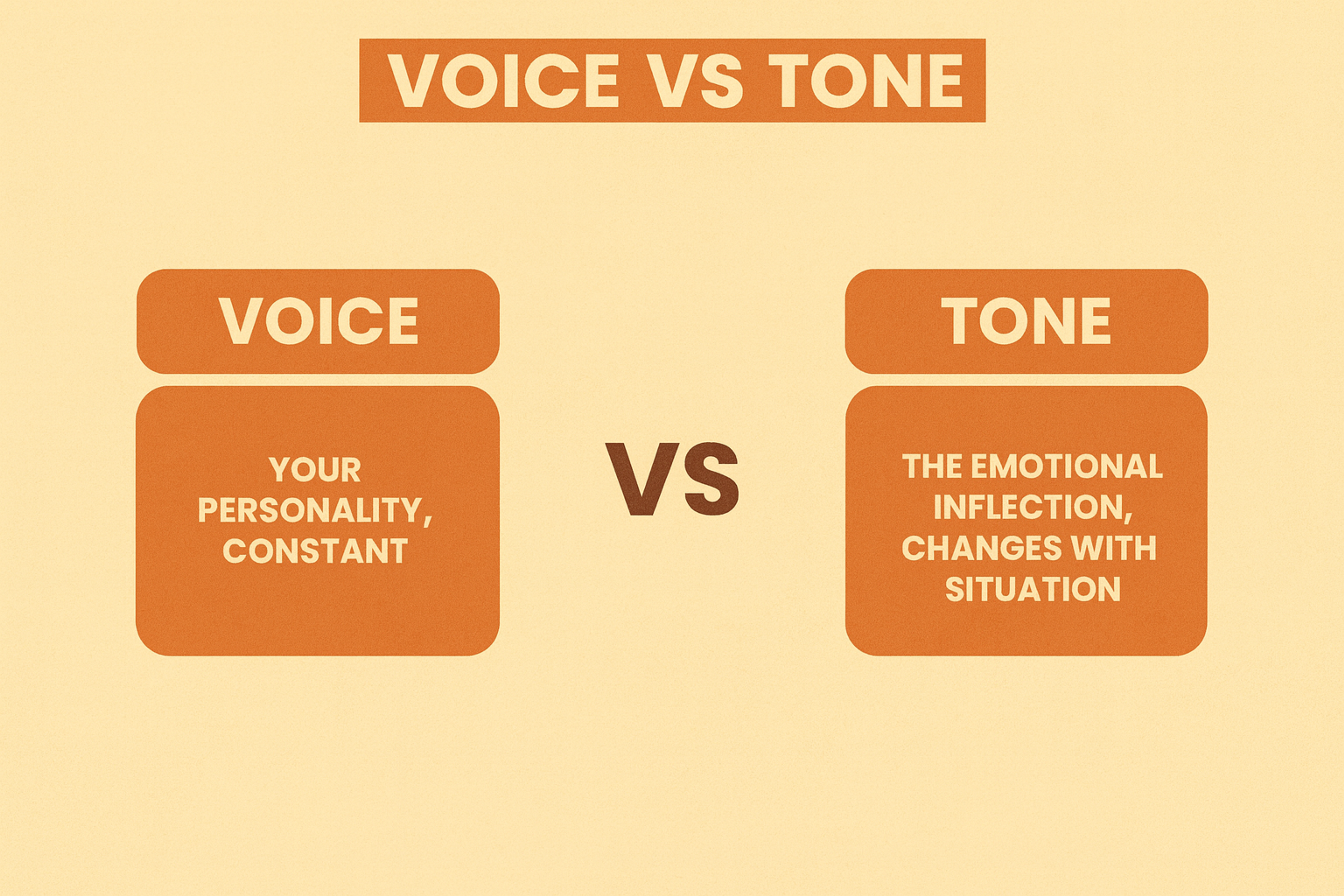
Style Guides
Every style guide, other than holding grammar, punctuation, and some specifics on formal appearances, enforces laws, which we see as mandatory for each piece of content. If creators followed the rules, they could create a consistent final result that would only bolster the brand image while showcasing impressive aesthetics.
Consequently, following these content requirements is the only way to help companies produce interesting materials, maintain uniformity, and promote themselves in the virtual world.
Content Calendar
The content creation process can be organized and managed with the help of a well-drafted content calendar, which is the most efficient way to manage strategic operations. It allows for proper planning, coordination, and execution of content strategies, and rightly so in that sequence.
Content Planning
Content Planning consists of developing a broad plan for what topics, ideas, or core content to work on in a given period. Content planning avoids instances where content is produced in bulk without considering the message most appropriate to a given time of the year.
Content Scheduling
Creating a publication plan helps create uniformity and regularity in content release. When littoral content is prepared beforehand, there is the assurance that even at a peak time, only the most topically relevant content reaches the audience.
Cost & Resources Management
Cost, time, resources, and other necessary hardware are the most deciding factors in implementing a content strategy. If there are definite boundaries on what areas each team will work on and what resources each will need, this can make the content production process more effective with minimal potential crashing points.
Cost Management
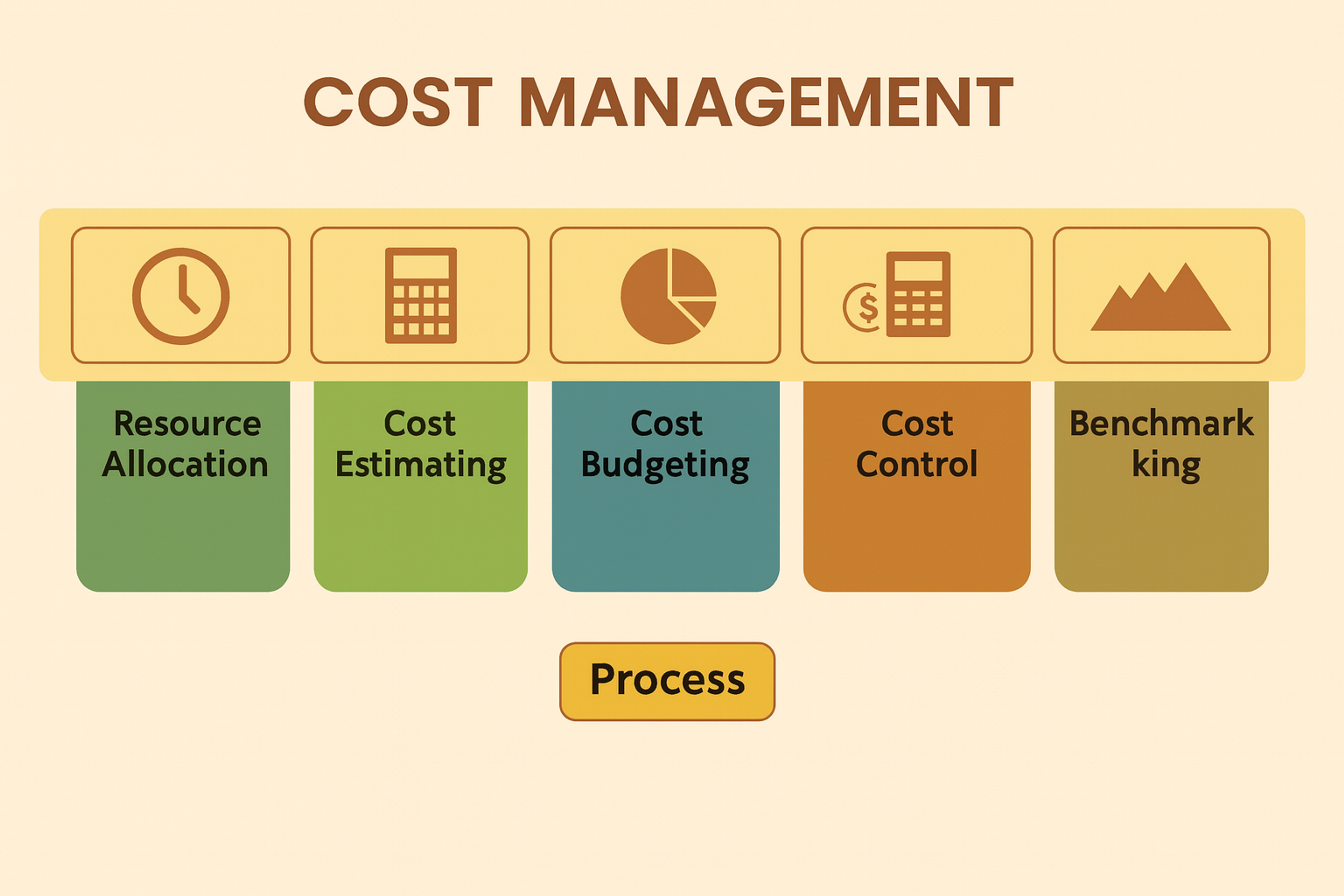
Content Removal
Not only the production of content but also the complete management of the content archive is crucial in ensuring that the created content is updated. This includes periodic audits, content modification, reposting of staple content, and others that aim to increase the longevity of the content and the effectiveness of effort put forth.
SEO Integration
Website content strategy is paramount in promoting the visibility of content so that it drives traffic to the respective web service. By using SEO tactics at the content creation stage, Kairos time can be spent where it should be: on your target audience.
Keyword Research and Implementation
Systematically conducting keyword research also helps to determine the most appropriate and favorable keywords for the target audience. Such keywords will be embedded in the content, which allows this content to rank high on search engines and subsequently bring a lot of relevant traffic.
Technical SEO Considerations
Technical aspects of SEO, such as page loading speed, mobile compatibility, and HTTPS, are critical factors in search engine rankings. All activities aimed at ensuring technical optimization improve user interface and, subsequently, visibility in search engines.
Alter the content strategy and introduce SEO throughout the embedded strategy, which helps companies fortify their online marketing leverage. This clearly states that the online content effectively reaches and engages the targeted audience.
Content Distribution and Promotion
Channel Strategy
It is essential to develop a channel strategy that will be most effective on all platforms. The plan should also ensure that all content appeals to the audience on their preferred channel, thus increasing engagement and conversion.
Social Media Involvement
Social media is a valuable asset in both large and small businesses due to its interactive nature and wider scope. Creating relevant posts, hashtags, and audience interaction can improve content visibility and help build a community around the brand.
Source: Sticker Mule on Unsplash

Multi-Channel content distribution
Using multiple channels, such as websites, social media networks, email newsletters, and even digital ads, helps increase reach gold. This enables content to be more strategic and deliver better results.
Platform optimization
Content needs to be optimized for each distribution platform based on its characteristics, audience, and expectations. This increases the chance for more engagement and makes the content more effective and relevant.
Content Promotion
Reaching out to clients to promote content is an effective way of extending the reach of the created content. Organizations can adopt different strategies, such as ethical marketing, to ensure that the content reaches the target audience and promotes active participation.
Email Marketing Integration
Subscribing a content piece to a user’s email address is a sure way to keep engaging with an audience. Newsletters, campaigning, and personalized content suggestions can retrace traffic to the main content while creating an unforgettable loyal subscriber base.
Paid vs. Organic Promotion
Using both paid and organic promotion in the marketing plan will ensure that the best outcomes are achieved. Paid promotion includes Facebook ads, pay-per-click ads, and sponsored posts, among others, which provide a quick solution and outreach for specific demographics.
Organic promotion techniques include word of mouth, search engine submissions, social media, and directories, which are all of great value in creating engagement and credibility over a long period.
Influencer Outreach
Engaging the services of influencers could take the visibility of the content to another level. As a result of their specific niches and being trusted and recognized figures in that niche, the influencer can present content to his audience, enabling wider reach and impact of the content. Agreeing on the influencers whose principles align with the brand ensures honest marketing.
Tools and Resources
It’s critical to be equipped with tools and resources when executing content marketing strategies, as they accelerate processes, boost teamwork, and provide valuable insights.
Content Management Systems (CMS)
These CMS enable users to create, manage, and modify digital content within an easy interface. The most commonly used systems include WordPress, Drupal, and HubSpot, which also come with relevant tools for organizing and publishing content, managing workflows, and ensuring cross-platform consistency.
Source: hubspot
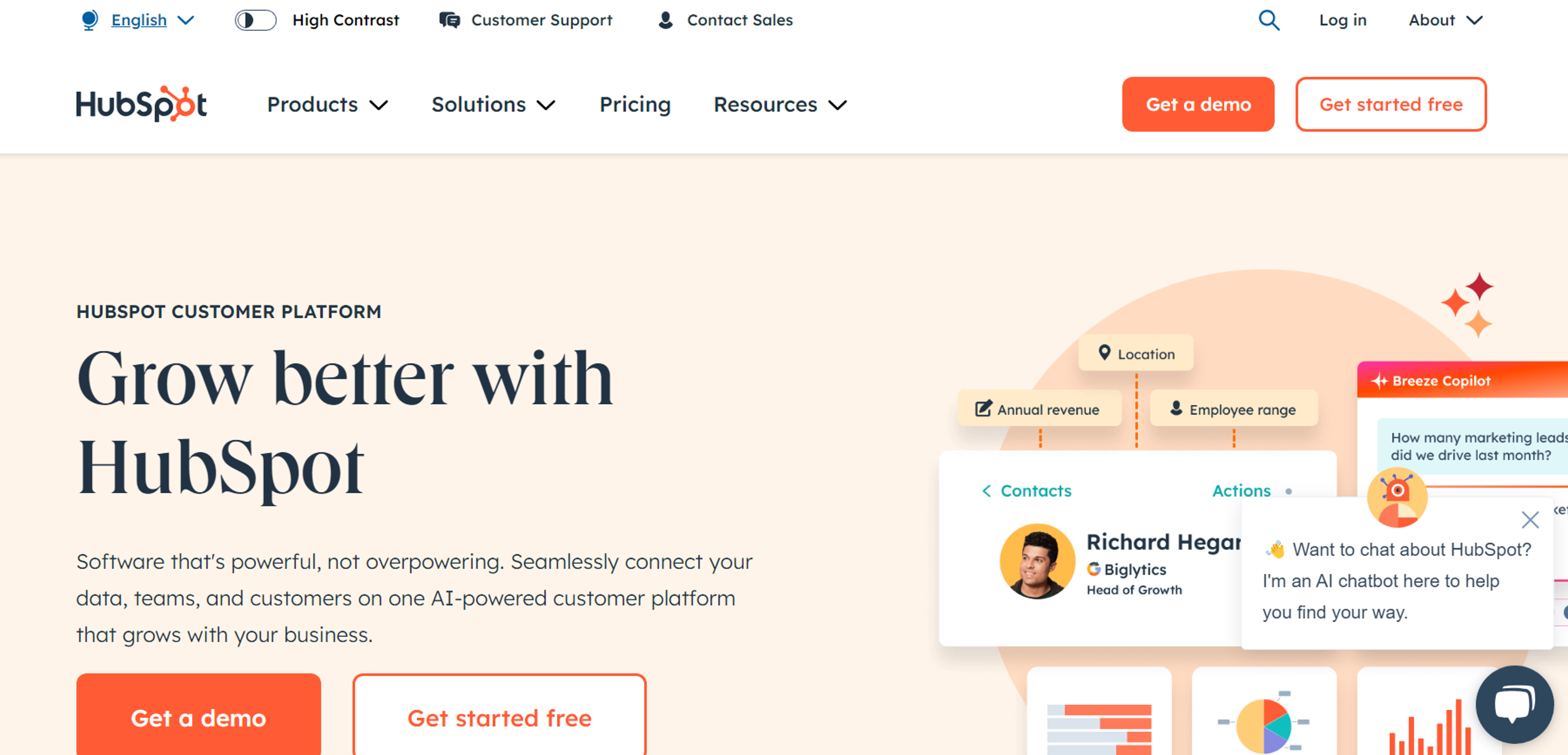
Analytics Tools
A key pillar of analytics is fact-based decision-making; thus, the use of analytics tools is paramount. Google Analytics, SEMrush, and Adobe Analytics are powerful tools that offer data and insights on traffic, audience activities, and conversions, allowing a team to adjust its strategy for accurate results.
Source: semrush
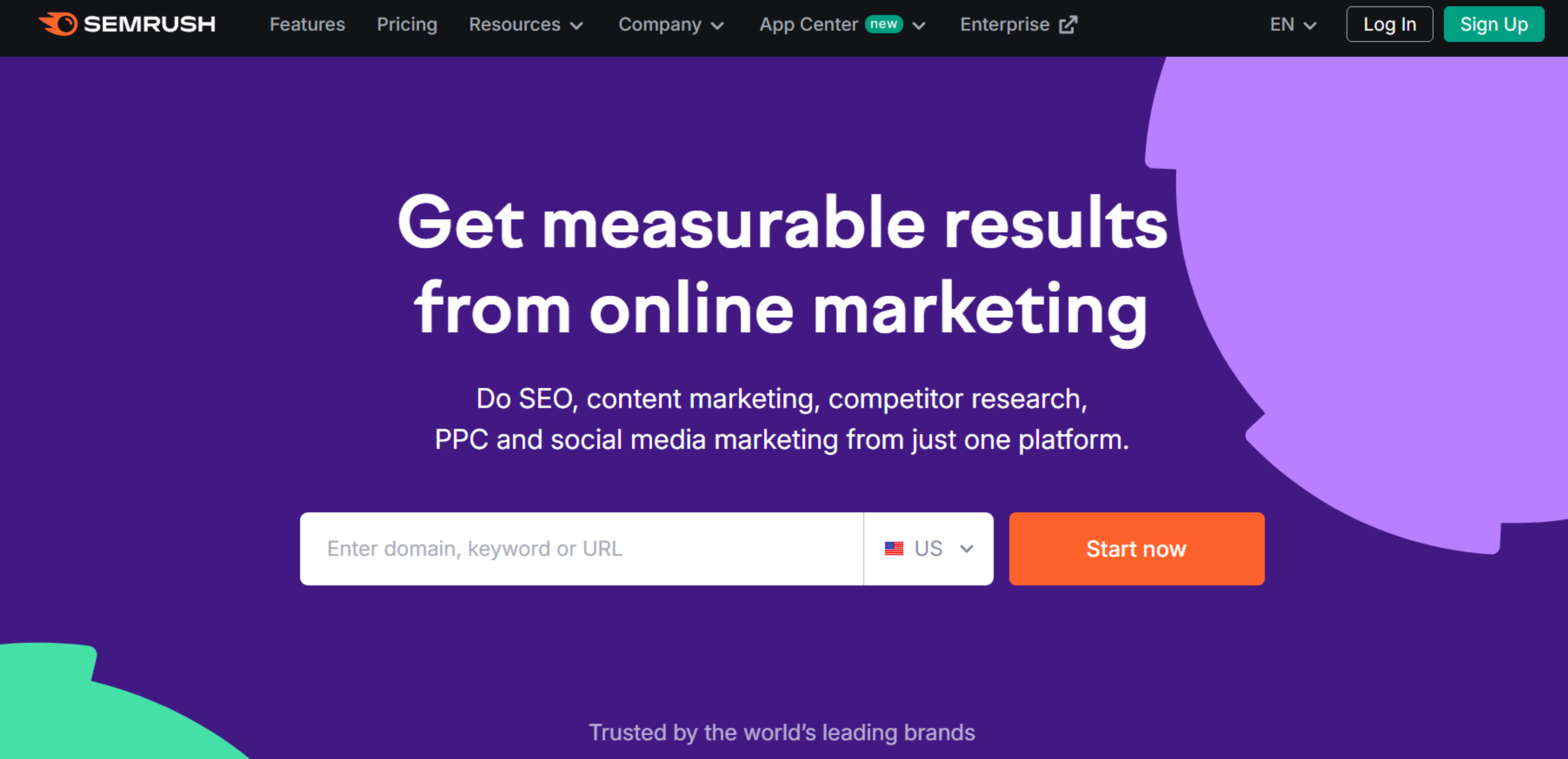
Collaboration Platforms
Business success through content marketing requires effectively distributing roles and responsibilities within the team and departments to foster collaboration. With conference solutions provided tools like Slack, Microsoft Teams, and Trello teams collaborate on live chats, share documents, and monitor project development to boost the efficiency of organizations.
Source: trello
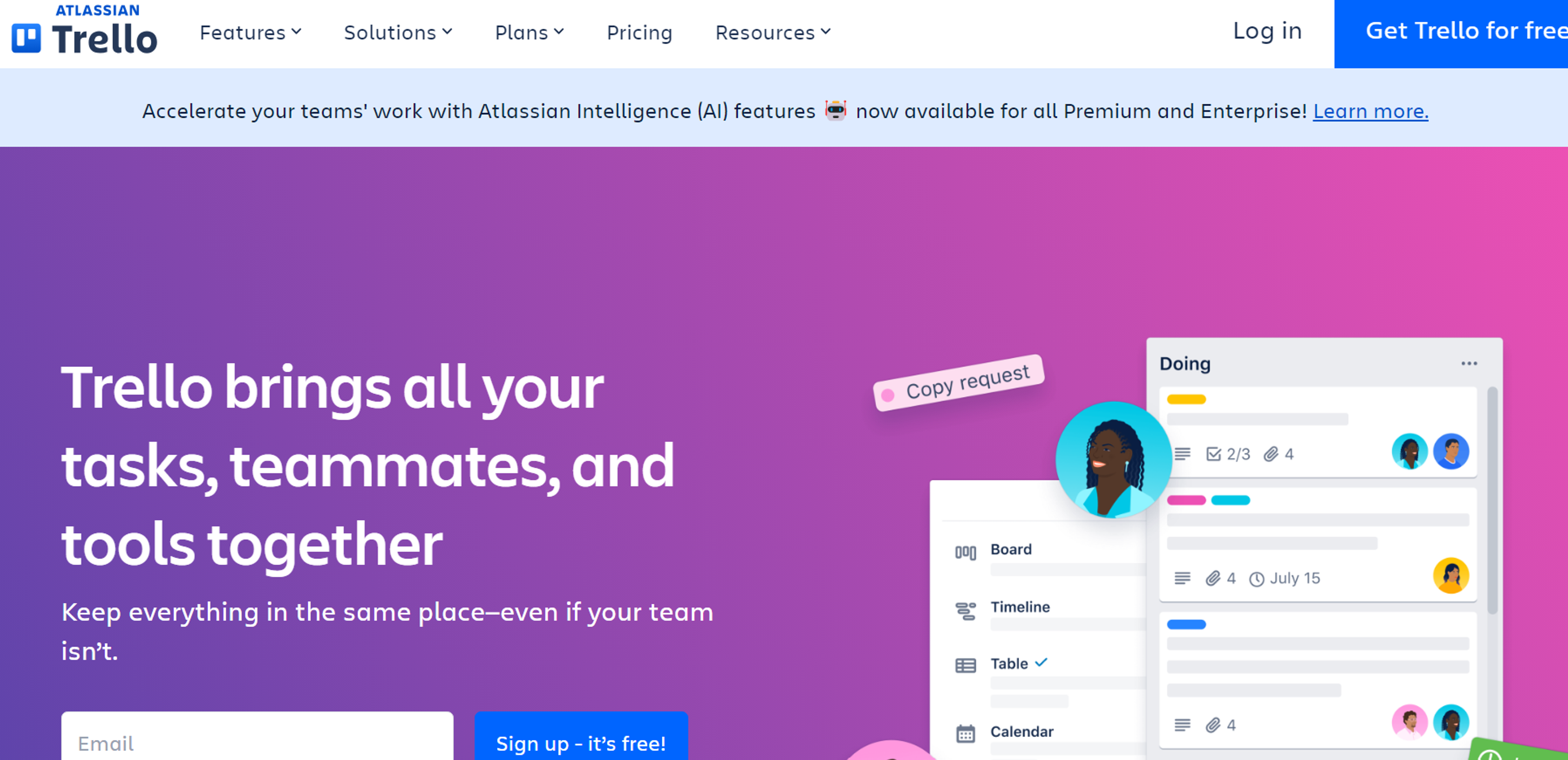
Project Management Software
When developing construction project plans, you want to rely on something other than spreadsheets and Word documents. This is where Asana, Monday.com, and Basecamp come into play. The software enables task completion, objective addressing, timeline summary, and deadline navigation to ensure every member knows what to do and when.
Source: monday.com

Including such tools and resources in building and promoting the content allows an organization to improve the success rate of such endeavors, resulting in higher returns and a competitive edge over competitors.
FAQ
Q: How Can AI Tools be Used to Streamline Content Creation?
AI tools can generate content drafts, suggest keywords, optimize SEO, and automate content scheduling, reducing manual workload and increasing efficiency.
Q: What Are the Best Practices for Localizing Content for Global Audiences?
Localizing content involves translating language accurately, adapting cultural references, and aligning tone and messaging with regional preferences.
Q: How Do I Handle Content Governance in Large Organizations?
Establish clear roles, workflows, approval processes, and brand guidelines to ensure content consistency and accountability across teams.
Q: What’s the Role of Accessibility in Web Content Strategy?
Accessibility ensures content is usable by all, including people with disabilities, through features like alt text, readable fonts, and proper HTML structure.
Read more:
Conclusion
In conclusion, the success of content marketing strategies is highly dependent on the interrelation of core pillars such as planning, human resources, and technology and tools. Organizations often need to consider some of the significant obstacles such a strategy will face before they begin content delivery.
For startups and organizations planning to enhance their content marketing strategy, deploying the right tools and training is the best starting point. Many other trends, such as AI-generated content, personalized advertising, and the use of other new technologies, need to be adopted at these times as the digital world changes.
All in all, using a combination of content marketing strategies helps to engage the audience better and assist the organization in achieving its goals. One such opportunity that content marketers need to grab now is the most recent tools and technology – the use of content marketing in the business.


About Clay
Clay is a UI/UX design & branding agency in San Francisco. We team up with startups and leading brands to create transformative digital experience. Clients: Facebook, Slack, Google, Amazon, Credit Karma, Zenefits, etc.
Learn more

About Clay
Clay is a UI/UX design & branding agency in San Francisco. We team up with startups and leading brands to create transformative digital experience. Clients: Facebook, Slack, Google, Amazon, Credit Karma, Zenefits, etc.
Learn more


